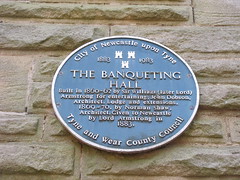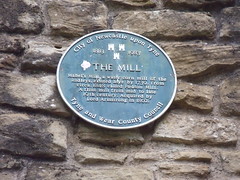Lord William Armstrong CB FRS


Lord William Armstrong CB FRS
(1810-1900)
investor, engineer, armaments manufacturer, Companion of the Order of the Bath, Fellow of the Royal Society, and 1st Baron Armstrong (from 1887)
Commemorated on 5 plaques
Cragside The House of Lord Armstrong (1810-1900) investor, engineer and armaments manufacturer. His hydraulic and hydroelectric inventions were applied throughout his estate. The house was the first in the world to be lit by electricity derived from water power.
Cragside, Rothbury, Morpeth, United Kingdom where they lived
High Bridge. Lord Armstrong 1810-1900. William George Armstrong's water-powered rotary engine was built here at Henry Watson's works, 1838. Inventor, engineer, scientist and businessman, Armstrong employed 25,000 people at his Elswick works.
High Bridge Street, Newcastle upon Tyne, United Kingdom where they was
The Banqueting Hall. Built in 1860-62 by Sir William (later Lord) Armstrong for entertaining; John Dobson, Architect. Lodge and extensions, 1869-70, by Norman Shaw, Architect. Given to Newcastle by Lord Armstrong in 1883.
Jesmond Dene Road, Newcastle upon Tyne, United Kingdom where they built
Armstrong House. The Above Stone is the Door Lintel of the House where the First Lord Armstrong was born, and indicates the site occupied by the House. 1904.
Falconar Street, Newcastle upon Tyne, United Kingdom where they was born (1810)
The Mill. Mabel’s Mill, a water corn mill of the Ridleys, existed here by 1739. From circa. 1848 called Heaton Mill. A flint mill from mid to late 19th century. Acquired by Lord Armstrong in 1862.
Jesmond Dene, Newcastle upon Tyne, United Kingdom where they acquired





